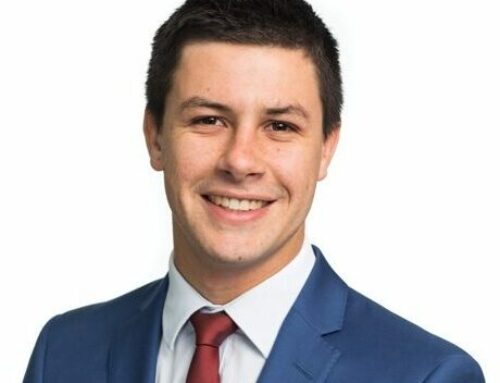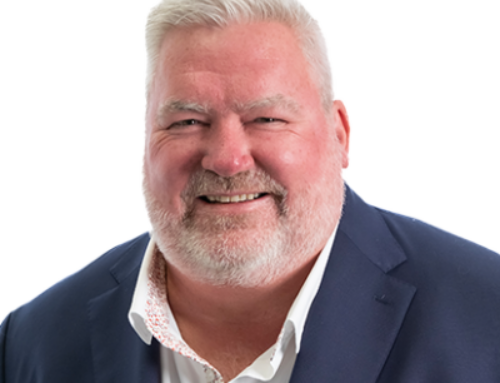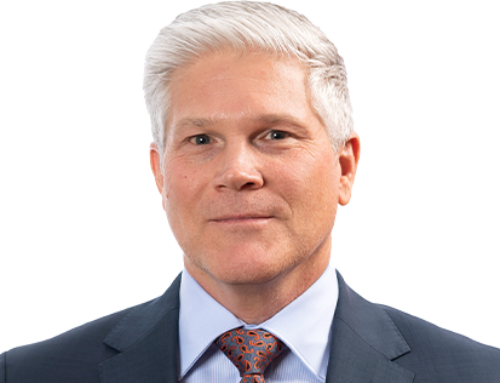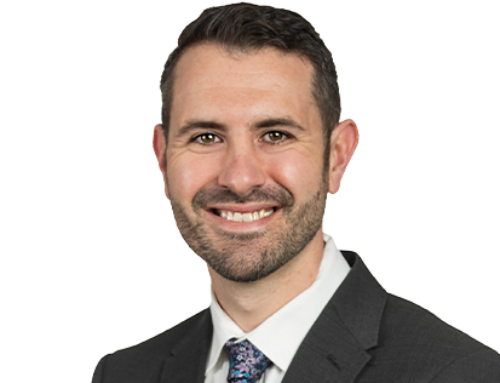Andrew is a senior sustainability consultant in our London office.
Andrew has a strong background in sustainable design and analysis on projects in the built environment in the United Kingdom and around the world. Andrew brings technical acumen and experience in whole-lifecycle-carbon-assessments (WLCAs), complimented by strong skills in visual communication. He brings experience in developing bespoke sustainability strategies to help clients deliver on relevant KPI’s from the early stages of design for masterplans, offices, residential developments, mixed us developments, and airports. Additionally, Andrew has a background in helping organizations develop and act on their own Corporate, Social, and Environmental Responsibility (CSER) strategies, giving him insight into business strategy and development and the importance of operational strategies and monitoring in helping achieve long term sustainability goals.
Why sustainability?
I intended to study astronomy at university – it’s challenging, cutting edge and grand in scale. This changed, however, when in my first year, an anthropology class opened my eyes to the impacts of environmental damage on health outcomes in sub-Saharan Africa.
Later, an introductory environmental science course revealed how increasing the agency of women would help reduce population growth and environmental impacts.
I was taken by how interdisciplinary and large-scale climate change had many of the same qualities that I love in astronomy. I have since pursued a vision of creating a world where humanity can comfortably look to the stars knowing that we can sustainably thrive on Earth.
I chose to engage with this vision through the built environment, knowing that placemaking has the power to influence behavior, provide opportunity, and make meaningful progress towards sustainable outcomes.
What’s a sustainability myth you’d like to debunk?
I have 2 myths I’d like to debunk.
Firsty, in the last 30 years we’ve had a lot of focus put on the importance of individual efforts, particularly what I would describe as ‘wholesale’ solutions – give up meat entirely, take short showers, always use a reusable coffee cup. In reality, making habitual changes is hard, particularly in multiple areas of your life.
What the world really needs is for most of us to make the right decision more often, not all the time. Unfortunately we still live in a carbon economy, there isn’t anything you can do without emitting emissions, so I think it’s important to relieve ourselves from the stress of perfectionism and embrace being good enough more often. I bring this approach to my consultancy.
Secondly, the myth that the zero carbon building exists. We don’t live in a zero carbon economy. There isn’t very much we can do in our daily lives without emitting carbon. The power of expanding our perspective to emissions is that it makes us consider even the emissions associated with making the sandwiches for the workers that build our buildings.
Our economy, for now, has CO2 everywhere. I find that our industry is at its best when it realises there’s no perfect decision that can be made but that shouldn’t get in the way of making a great decision.
What do you do outside of work that helps fuel your creativity and commitment to sustainability?
I love to be outdoors and regularly go on hikes or spend time on my bike exploring new parks and places around London. Connecting with nature brings me a peace that acts as a constant reminder of why I do what I do – from helping bring nature into built spaces or by indirectly mitigating climate impacts and improving natural capital.
As an associate sustainability consultant, specialising in whole-of-life-carbon, how do you stay across the latest in carbon guidance and best practice?
Carbon touches everything that we do, and I try to stay well-read on sustainability issues across all sectors to see what emergent thinking is around. You can never underestimate how an approach to a problem in one area can directly relate to how we approach carbon measurement and accounting. I stay across channels such as the New York Times climate section and Transform magazine.
At the moment, leading thought around whole-of-life carbon is moving faster than guidance. I find that the best way to keep up with the latest is to engage with colleagues across the industry to hear what they think and what they may have come across that’s shining new light on how we approach the work we do.
What’s the biggest thing you’ve learned at NDY?
That the quality of your consultancy is directly related to your ability to engage and learn from others both internally and externally.
I have been so strongly encouraged to embrace the connections we make with our clients, and other collaborating consultants, as they open so many opportunities for learning.
It’s a unique trait of our industry that we regularly engage with people who come from completely different disciplines to our own.
What professional relationships do you value the most?
My peers. Sustainability is a relatively new field for the construction industry and information moves so fast that no single person can catch all of it.
There are 17 UN Sustainable Development Goals which means that sustainability professionals are delivering a large range of services to meet those outcomes. That makes it absolutely vital to understand that my colleagues are going to be engaging with new issues that I may not have encountered yet, opening plenty of opportunities for learning.
If you could change one thing about the built environment, what would it be?
That we don’t put enough emphasis on teaching people how to actually use the things we design.
We live in a world where people are so deeply engaged with the form, function and features of the technology around them but we haven’t quite bridged that gap with the built environment.
I tend to take time to explain to my friends why certain features in a building are designed the way they are and they are often so unaware of the reasons for even the simplest design measures like openable windows. The built environment has great, innovative and smart solutions for design and I think it’s when people don’t know or care about how to maximise the features of a building that we end up with large performance gaps in things like energy consumption.
What does Making Spaces Work mean to you?
It is about creating spaces which evoke that satisfying feeling of popping bubble wrap. It’s the intuition and practicality that comes with focused and people-centric design.
For me, this means that the ultimate outcome of my consultancy should be building an environment for people that feels tailored for them and ready to meet their needs at any given moment.
Making Spaces Work is a perfect guiding light for a carbon consultant. When decisions are being made that inevitably add embodied carbon to a development, I check in with myself, the team and our clients to ensure that the carbon is spent maximising outcomes for the people who experience it.










